Photograph Waterbirds | Perspective
This blog article is part of a series about photographing water birds. In this article I’ll talk about the impact of the perspective and why photographing on eyelevel can often work out the best. Since the 2-3 years that I have been intensively working with water birds, I have probably taken tens of thousands of photos of this exciting group of species. But almost all my pictures have one thing in common. The photos are all taken at more or less eye level with the bird. In this blog article, you’ll find out, why I almost always decide for a very low camera position.
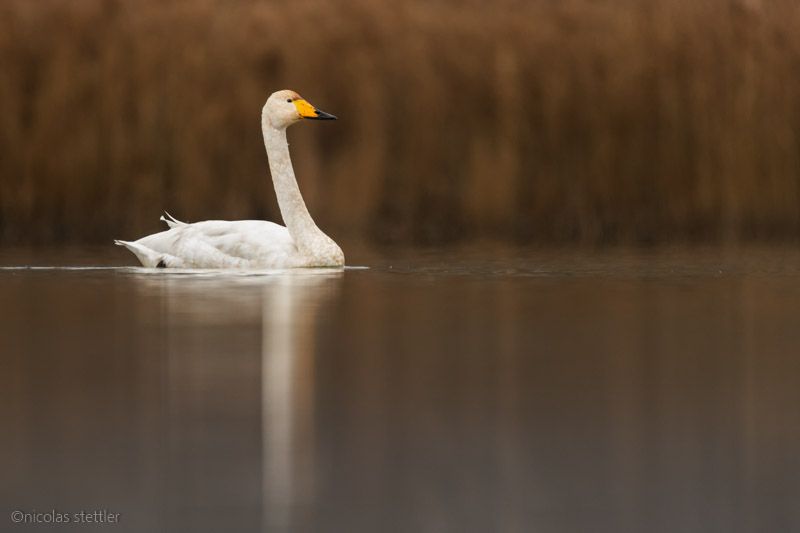
1/400 | f/ 7.1| ISO 900 | 600mm
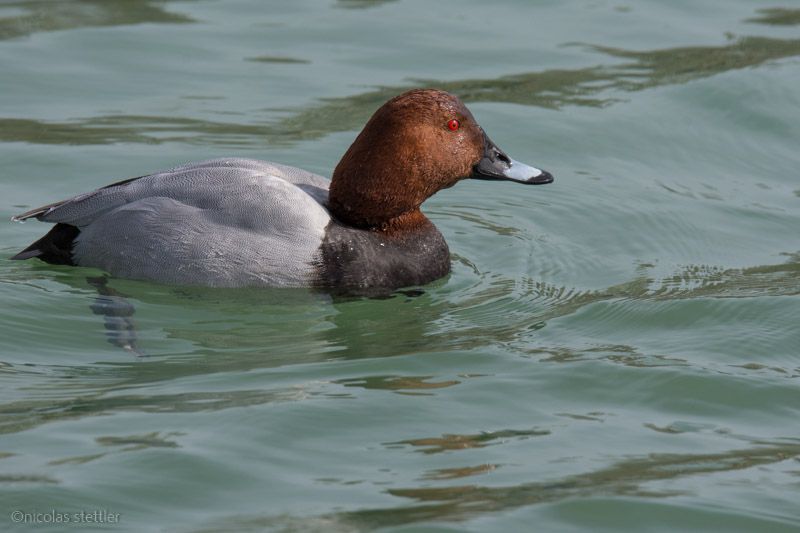
1/640 | f/ 8.0 | ISO 320 | 600mm
Advantages of a low perspective
To explain the advantages of a low camera position I would like to give you a counter example. I took this pochard in a boat harbour a few years ago. Apart from the hard light and the duck not looking into the camera, there is one other thing that bothers me.
While the duck is in focus, the background is also sharp and has many structures. These structures distract the viewer. It makes the picture uneasy and takes away the focus from the bird.
This picture of a young black-headed gull stands in stark contrast to the picture of the pochard. This picture consists of exactly two elements. The gull and the background. The background consists of almost only one surface and one colour. The fact that the background is so far behind the bird is due to the low camera position. For this photo I was lying on a gravel bank and the camera was lying on the ground. Therefore, the camera was positioned directly above the water. Because the background was now further away, it became blurred. At the time of the photo the sun was almost setting and the reeds in the background got beautifully lit. If I had taken a picture of the black-headed gull from an upright position, I wouldn’t have got the reeds in the background, but water. And from this height the sky would’ve been reflected in the water and the background would have looked less interesting. The small waves on the water would have given additional unattractive and even distracting structures.
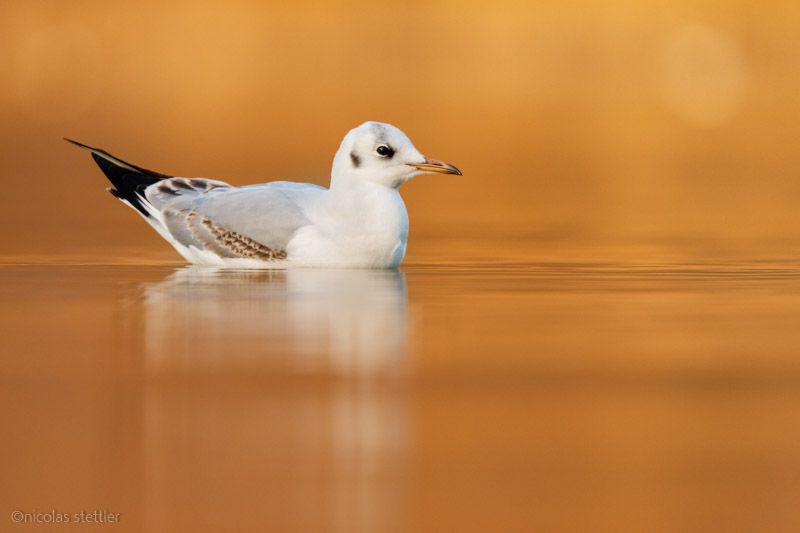
1/400 | f/ 6.3 | ISO 720 | 600mm
How to get low
Depending on the location, taking pictures at eye level can be relatively difficult. Flat banks are usually the most convenient. You can simply lie on the ground and have the camera just a few centimeters above the water surface. Depending on the location I sometimes use a tripod. But even if I put the tripod flat on the ground, the camera is usually still too high above the water surface. Therefore, I usually take pictures of water birds with the camera on the ground and with my left hand underneath it as a ball head. Because you are lying on the ground, water birds do not recognize you as a human and are often a little less shy. But especially with ducks this does not mean anything...
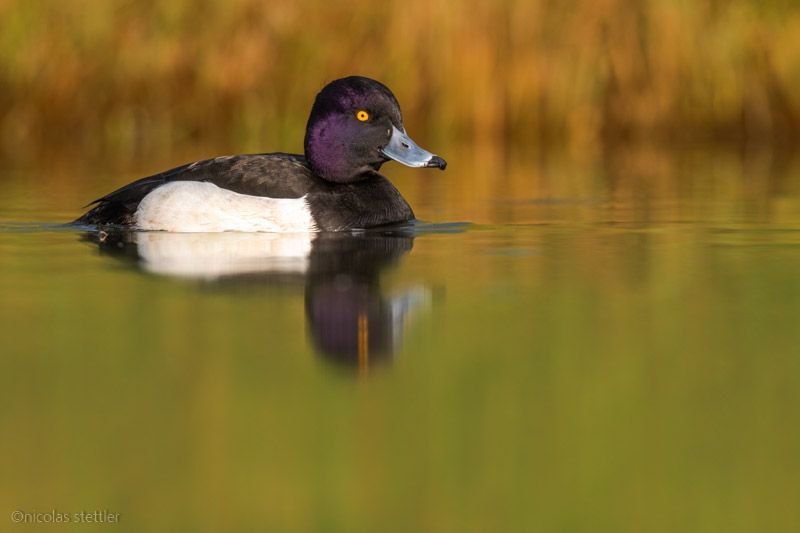
1/1000 | f/ 8.0 | ISO 640 | 600mm
Difficulties with steep banks
Steep banks are a bit more difficult then. This is a situation where the live view would come in to play. But with DSLR’s the autofocus is much slower and less accurate with the live view and so I try to take pictures through the viewfinder whenever possible. A right-angle viewfinder could possibly help. I have never used a right-angle viewfinder myself. But I could imagine that it could be quite useful in certain situations. But I also think that especially tracking active or even flying ducks could be quite difficult. On the other hand, though, it is certainly much more comfortable to photograph.
Also when photographing on jetties you can't get around the one or other gymnastic exercise. But the results are well worth the pain. The 10cm difference in height often decides whether the bird stands out from the background or not. I was able to photograph this great crested grebe together with his family for about half an hour from a jetty. Sometimes they were even too close to focus with my lens. But the jetty was about 15cm above the water. So I had to hold the camera next to the jetty without support above the water. I still felt the sore muscles days later...
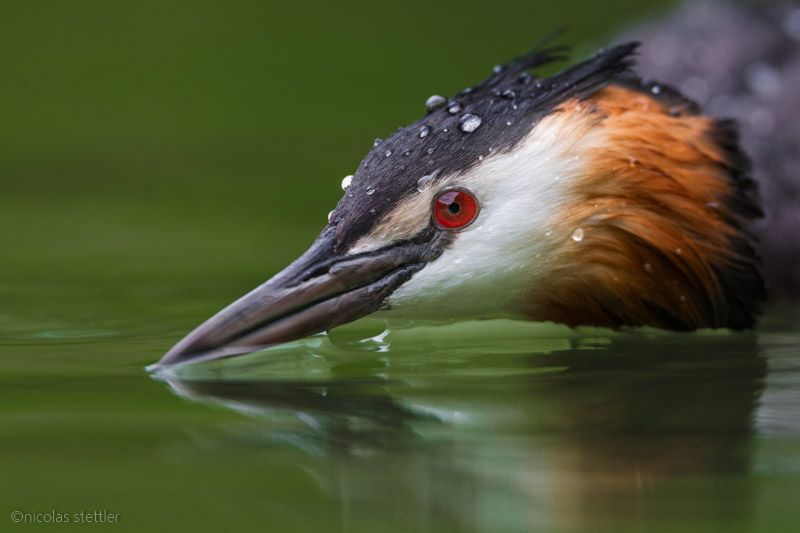
1/500 | f/ 6.3 | ISO 320 | 600mm
To photograph water birds I would recommend to position the camera as close as possible above (!!!) the water surface. Of course, photos with other perspectives can work too. But the success rate will definitely be lower.
Find out more about how to photograph water birds
PHOTOGRAPH WATERBIRDS | LOCATION
Where to find waterbirds and which ones to photograph. The advantages and disadvantages of different locations and how to take advantage of them.
PHOTOGRAPH WATERBIRDS | INTRODUCTION
Introduction to the topic of waterfowl photography. Tips and tricks how to get ducks and co. in front of the lens.

